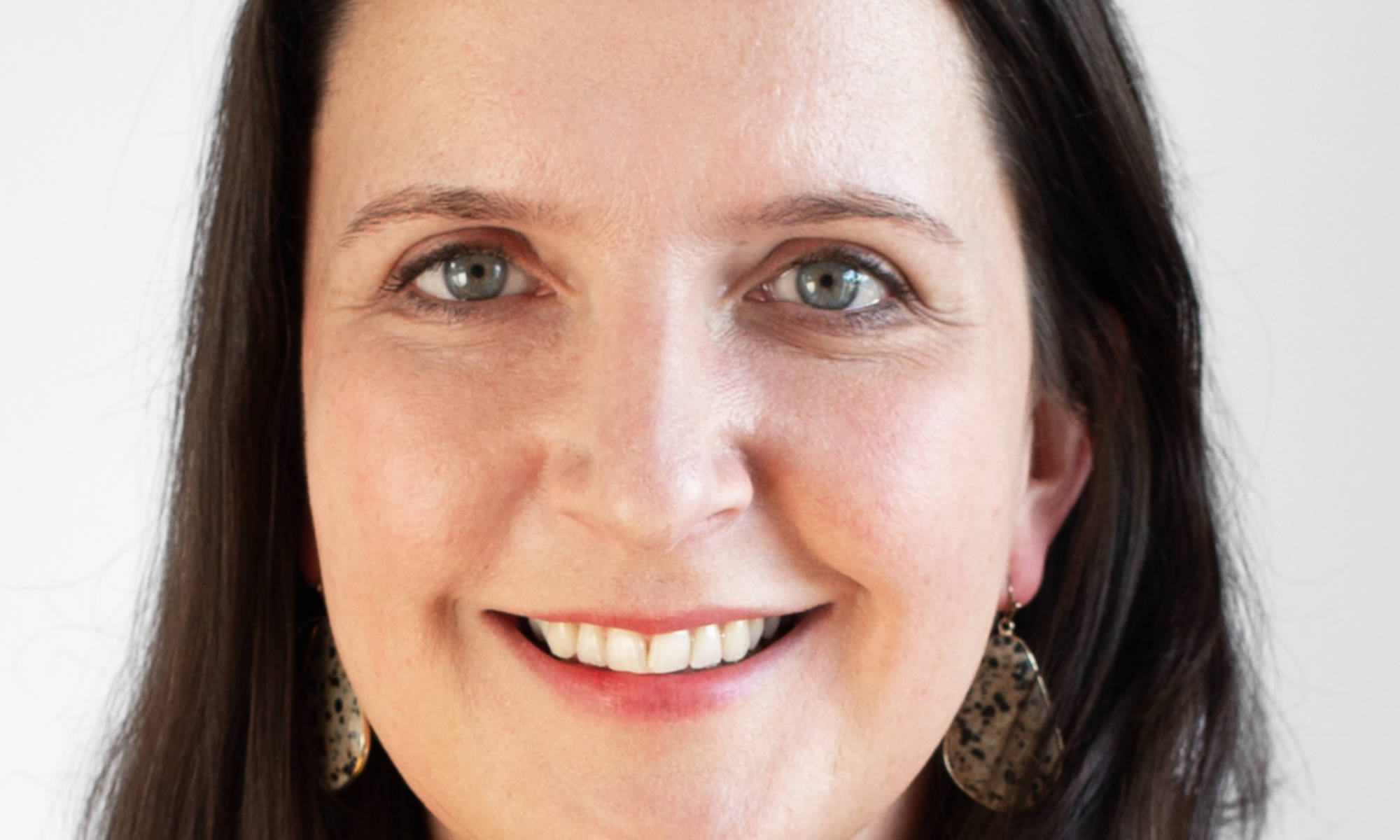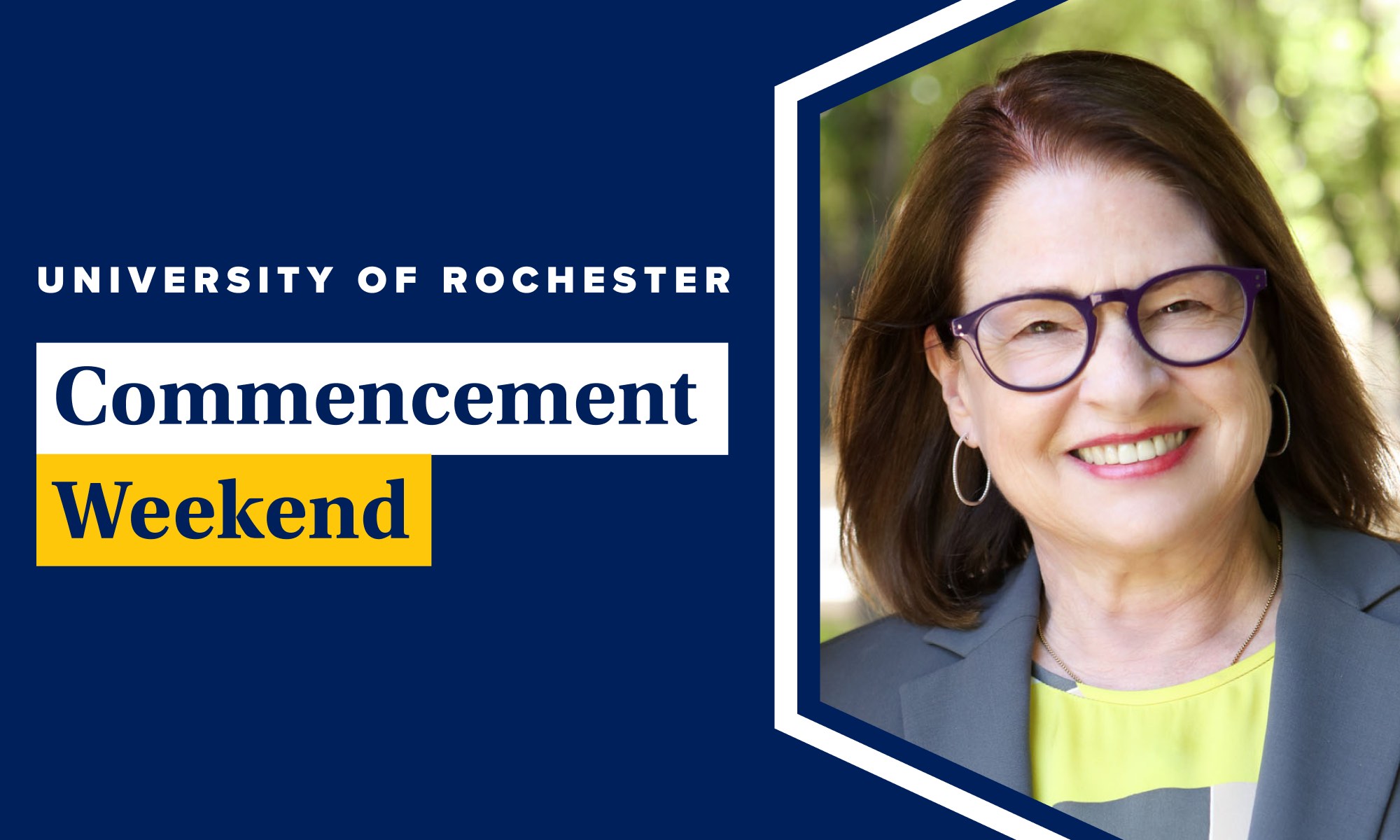His tenure included major grants, new centers of research.
“Luck ushered me into digital computing,” Bruce Arden wrote in a memoir shared with his friends and family.
Arden, who served from 1986 to 1994 as the dean of University of Rochester’s Hajim School of Engineering and Applied Sciences (then called the College of Engineering and Applied Science), made the most of his good fortune, becoming an early pioneer in the use of computers.
Arden, who died last month in Livonia, Michigan, at age 94, also served as the William F. May Professor of Engineering in the Department of Electrical Engineering at Rochester before retiring with emeritus status.
During Arden’s tenure, engineering and science undertook important initiatives in undergraduate programs, faculty hiring, and government and industrial relations, says Kevin Parker, the current William F. May Professor of Engineering who served as dean from 1998 to 2008. For example, the Center for Electronic Imaging Systems, now the Center for Emerging and Innovative Science, was established with National Science foundation funding to collaborate with local companies on basic research in technologies important to the nation’s economic competitiveness.
In addition, the Center for Optoelectronics and Imaging was created and occupied a new $20 million facility at the Laboratory of Laser Energetics. Department of Defense grants totaling $8 million were received to bolster research in superconductivity and optoelectronics.
Arden was also intrigued with finding other ways to apply new advances in electronics and computing. For example, Arden, who lived in Pittsford, commuted to the University 15 miles by bike each day in stop-and-go traffic. It occurred to him that bicycles should be able to shift gears automatically, just like automobiles.
Subsequently engineering students at Rochester developed a “smart bike” using a computer chip to find the right gear, no matter what the incline.
Arden also served as vice provost for computing at Rochester. Arden’s wife, Patricia, an accomplished pianist, served as a lecturer in piano at the University’s Eastman School of Music.
“Together they combined old school charm and wit with great humor and talent,” Parker says.
From Navy radar technician to Princeton chair to Rochester dean
Arden’s interest in electronics began while serving as a radar technician in the US Navy during World War II. After the war, Arden earned his bachelor’s degree summa cum laude in electrical engineering from Purdue University.
During his first job, at the Allison division of General Motors, he helped design parts for jet engines and graduated from slide rules to an IBM card-programmed calculator. Arden’s responsibility was “to make it work,” James Hagerty writes in a Wall Street Journal obituary.
Later, at the University of Michigan, he used a mainframe computer to calculate trajectories for Boeing missiles. He also helped the university find more efficient ways for researchers to write programs and share processing and memory resources on a mainframe. In 1959, with two colleagues, he created the Michigan Algorithm Decoder, used to convert language that makes sense to people into instructions that a computer can read.
In the early 1960s, he wrote “An Introduction to Digital Computing,” one of the first textbooks on the use of computers.
After earning a doctorate at Michigan in 1965, Arden served as assistant, associate, and full professor and eventually chair of computer and communications sciences there, then moved to Princeton where he served as professor and chair of electrical engineering and computer science before moving to Rochester. His academic research included designing parallel computers with thousands of processors working together to increase computational power.



